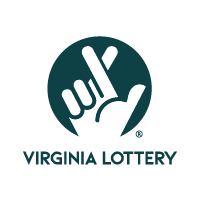every agency says branding
is king. not us. we put humans before brands.
and it works.

it takes two
creative
& media
Our teams work lock step with each other to maximize your medium and your message, especially in the ever-changing digital space.
humans
& brands
We’re a full-service advertising and marketing collaborative that makes brands more human by connecting to your audience in the deepest way.
us & you
We partner with growing brands and companies on their way to becoming household names. Short-term project or long-term goals, we got you.

results this way

HUMAN IMPACT / REACH
30%
increase in seatbelt wearing
12%
decrease in unrestrained crash fatalities
NEW WORK
Coming soon: some of the most important results we’ll ever post.
we’re tangoing with











